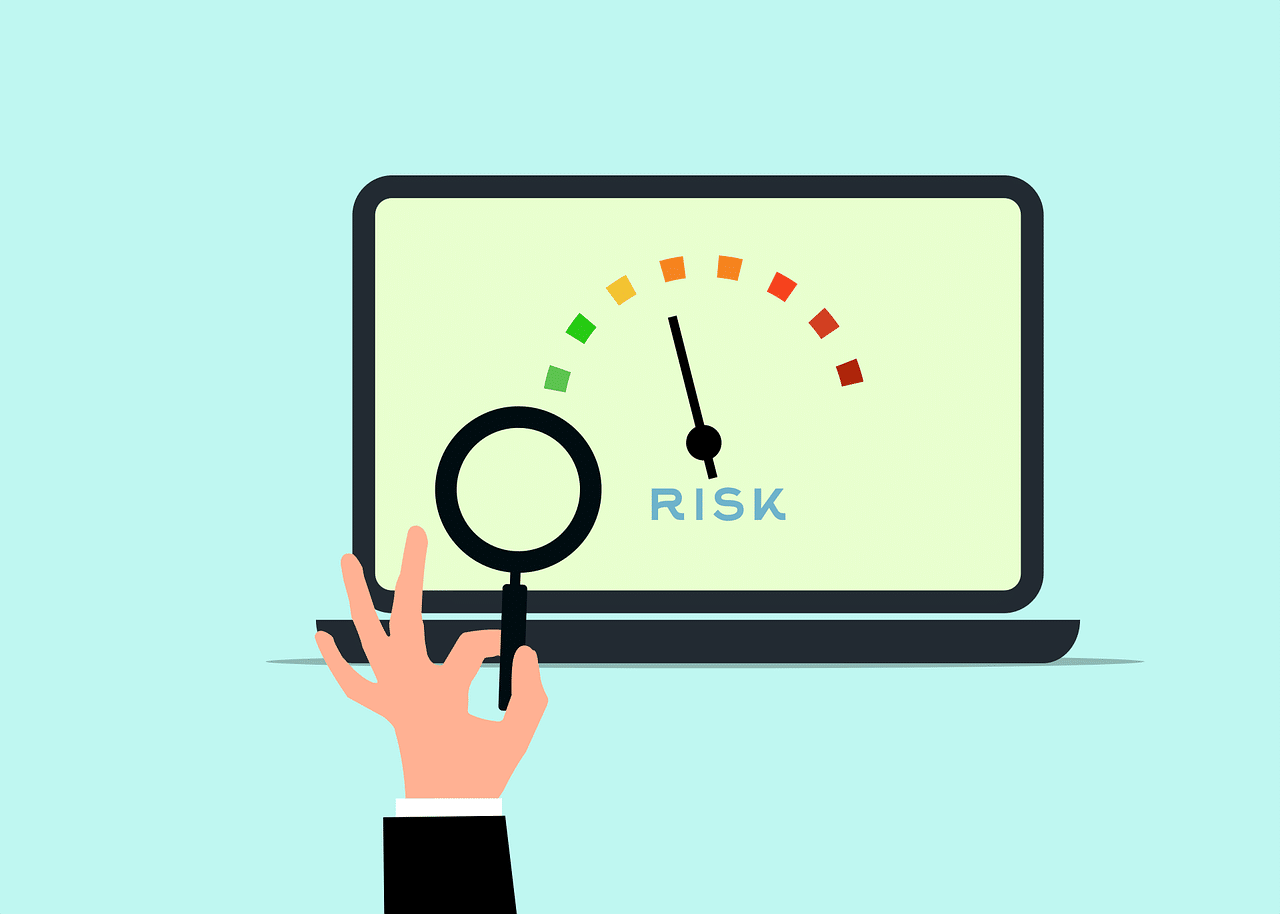We’re all aware of how risky it is not to have true & tested BCDR plan, but actually getting there is easier said than done. As we take stock of this year and plan for the next, let’s review the basics to documenting your Business Continuity and Disaster Recovery (BCDR) program pre-incident. The best news is that your BCDR planning and even testing essentials can be automated, getting you ahead of the BCDR game before the end of the year.
What is a business continuity and disaster recovery (BDCR) & why is it important?
Break the acronym into it’s two components and it’s easier to understand.
Business Continuity (BC) refers to strategies and procedures in place that can ensure critical business functions continue during and after a disruption.
Disaster Recovery (DR) focuses on restoring IT systems and data access following an incident.
Why is it important?
Positively, combining these two practices and putting them into centralized place, a BCDR plan brings you resilience. With business continuity planning and disaster recovery strategies, you minimize your downtime and safeguard your essential operations when you plan ahead for the worst-case scenarios. For example, privacy risks are increasingly important with cautionary tales from Ticketmaster to Snowflake. So, testing and measuring current plans against, say, the NIST Privacy Framework and other standards in your BCDR planning can help ensure that your program not only addresses traditional business continuity and disaster recovery concerns but also proactively manages privacy risks.
But also think of the negative cost (and consequences) of neglecting a BCDR. It can be severe. Think of how many businesses were brought to a halt due to inadequate disaster recovery plans, for example, when a hurricane swept into their city and knocked out the power. Or when a data breach occurred, and companies didn’t have adequate backup, storage, recovery.
Start with a Risk Assessment, then do a Business Impact Analysis (BIA)
If you’re just getting started, begin with a risk assessment in BCDR, which essentially identifies the potential risks that could impact your business operations. Your overarching goal in this process is integrating the risk assessment into your BCDR plans.
Every company and context can differ and a custom solution is always best, but here are a few examples you should consider:
- Natural disasters (earthquakes, floods)
- Cyber-attacks
- Global Crises
- System failures
- Human errors
- Supply chain disruptions
These disrupt businesses in real time. They are risks, they lead to setbacks, and they need to be monitored & addressed. A risk assessment brings strategic and defensive thinking to the forefront.
When the assessment is complete, and you begin formulating how to create a business continuity and disaster recovery plan, start by conducting your own Business Impact Analysis (BIA).
Conducting Business Impact Analysis (BIA)
A Business Impact Analysis (BIA) is a financial assessment. Think of it as a tool to help quantify the effect of disruptions on your business – one that helps with budgeting, planning, and strategy. It’s a first step in determining the best practices for disaster recovery and business continuity.
Start by identify all the critical functions of your organization. Go ahead and list all that’s vital to your organization’s operations. Once you have that list, identify all the critical functions/processes that are vital for your organization. Now give your best assessment of the impacts. Evaluate how interruptions affect these critical functions. You’re strategically thinking defensively here.
Then get really practical: prioritize recovery. Literally, rank all of your processes based on their importance and their required recovery time needed. Again, this process is custom to your organization, because everyone’s needs are different.

Steps to implement a BCDR Strategy
Creating a robust BCDR plan involves several key steps. In broad buckets, here are four steps for you to follow:
- Define Objectives: Establish clear goals for both business continuity and disaster recovery.
- Develop Strategies: Formulate a game plan to maintain existing operations during times of disruption.
- Allocate Resources: Identify any necessary resources, be it personnel, technology, finances, other.
- Document Procedures: Clearly outline a blue print for implementing your strategies so you have a script to follow.
While you can’t just flip a switch and expect everything to run smoothly, you can begin the process of automating your business continuity and disaster recovery by thoughtful planning, procedures, documentation, and training.
The People Factor: Involve Stakeholders + Define Roles
No one can do this alone. Not the CEO, the Head of IT, the Head of Risk, nor anyone else in an organization. You need to build a team and get consensus. Then you need to educate all relevant stakeholders on the importance of business continuity and disaster recovery.
At minimum, here are four groups of people who should be in the room when you are developing your BCDR plan:
- Senior management
- IT teams
- Risk management professionals
- Department heads
Clearly define the roles for everyone on the team, so when an incident occurs people know their responsibilities. And make sure this team can easily communicate with each other during a crisis.
Don’t forget Data Protection + Backup
One of the most effective BDCR strategies for minimizing downtime is assuring your organization has regular backups of your data. Backups are crucial for protecting sensitive information. They are one of your greatest weapons. Backups minimize data loss risk. They ensure quick recovery. Recent backups speed up your data restoration. You can find best practices in data protection and cyber resilience provided by more than a dozen standards in the ISO/IEC 27000 group.
When choosing backup solutions, select one that best aligns with your organization’s needs. At a high-level, you have three choices:
- On-Premises Backups: Storing data locally for quick access.
- Cloud Backups: The use of cloud services for offsite protection.
- Hybrid Solutions: Combine both methods for added security.
There are significant strategic and cost considerations for your solution of choice. We are fully aware most existing organizations already employ one of the three choices, so you may find yourself working through or modifying your existing systems when choosing your course strategy.
Setting Disaster Recovery Goals + Procedures
When setting disaster recovery goals, think of the following two metrics:
Recovery Time Objectives (RTO): The maximum acceptable amount of time to restore functions after a disruption.
Recovery Point Objectives (RPO): The maximum acceptable amount of data loss measured in time before the incident occurred.
Set realistic RTOs and RPOs with your team. Consider the give and take – and cost factors involved – before committing to your goals. This puts you in a better position to effectively meet these recovery goals if/when an incident occurs.
Create detailed recovery procedures
You also need to have easily accessible, detailed recovery procedures to get up and running as quickly as possible. This is where BCDR software automation can save massive amounts of time. Take a look at the latest recommendations from SC Media, an essential resource for cybersecurity professionals.
Create procedures outlining the following four steps (or phases) that your organization will undergo when an incident occurs.
- Initial Response: Actions to take immediately after an incident occurs.
- System Restoration: Steps to restore IT infrastructure.
- Data Verification: Ensuring restored data integrity.
- Operational Resumption: Returning to normal business activities.

Don’t forget Testing + Maintenance
Regularly test your BCDR plan through simulations or drills
Just like other mission critical systems, you should regularly test your BCDR plan through simulations or drills. Here is a simple, 3 step process to follow:
- Identify weaknesses in your existing system.
- Validate the effectiveness of your system.
- Ensure the readiness and agility of your team.
Update your plan based on test outcomes or any significant changes that occur within your organization or its wider industry landscape. By doing so, you ensure the continued relevance & effectiveness of your system.
Formulate a Tight Communication Plan
Establish clear communication channels so you can effectively communicate.
This is vital during a crises. For best results, make sure you have designated primary contacts. Be sure your employees are aware of the channels you use to communicate. For best results, use multiple channels (email, phone, messaging apps, etc.) and regularly maintain and update your contact lists.
It also helps to to regularly train employees with clear communications so they understand their roles & responsibilities when facing disruptions.
Conclusion
No one wants to undergo a disaster. Certainly not an organization trying to do excellent work in their field and make a positive impact. But disasters occur (these days it seems more frequently) with prolonged consequences to your operational lifeline and bottom line.
The good news is: BDCR software can help immensely. Building a simple, yet strong Business Continuity & Disaster Recovery program is the way to mitigate the negative impact of an incident.
A strong business continuity and disaster recovery (BCDR) program is within reach if you automate and give it the appropriate attention it deserves. Put in the appropriate planning time up front and you can be better equipped to not only survive but thrive amidst uncertainties.
Ready take next step ? Schedule a demo to discuss processes with Onspring expert.




